PUBLICATIONS
2021
2020
Introduction
Social factors across one’s lifespan may contribute to the relationship between low educational attainment and depression, but this relationship has been understudied. Previous studies assessing the association between educational attainment and depression did not fully account for prior common determinants across the life course and possible interactions by sex or race/ethnicity. It is also unclear whether the link between educational attainment and depression is independent of the role of aspired educational attainment or expected educational attainment.
Methods
We used generalized linear log link models to examine the association between educational attainment at age 25 and depression at age 40 in the National Longitudinal Survey of Youth 1979 cohort, adjusting for confounders and mediators from childhood, adolescence, and adulthood.
Results
Members of each educational attainment group were less likely to be depressed at age 40 than those with less education. After adjusting for educational aspirations and educational expectations, the risk ratios became closer to the null. Neither sex nor race/ethnicity interacted with educational attainment. Additionally, low educational expectations in adolescence, but not low educational aspirations, was associated with a higher risk of depression at age 40.
Conclusion
Our study provides a nuanced understanding of the role of education, educational expectations, and educational aspirations as part of education’s effect on risk of depression after controlling for a thorough set of confounders and mediators. Our findings may help advance the study of social determinants of depression.

